
Designing Diverse Spaces: Open VS Private Spaces
As Millennials and Gen Z become dominant forces in the workforce, their unique demands are reshaping how we think about office spaces
The workplace is no longer a one-size-fits-all environment. As the demands of new generations continue to shape the future of work, companies must be agile and thoughtful in their approach to office design.
As Millennials and Gen Z become dominant forces in the workforce, their unique demands are reshaping how we think about office spaces. One of the most significant debates in this transformation is the open plan versus private spaces conundrum.

Open vs Private Spaces
Open plan offices, prominent in the pre-pandemic world were lauded for fostering collaboration, transparency, and a sense of community. The appeal of an open layout lies in its ability to break down hierarchical barriers and encourage spontaneous interactions. For employees that value teamwork and a flat organizational structure, open spaces can provide an environment that mirrors their collaborative spirit.
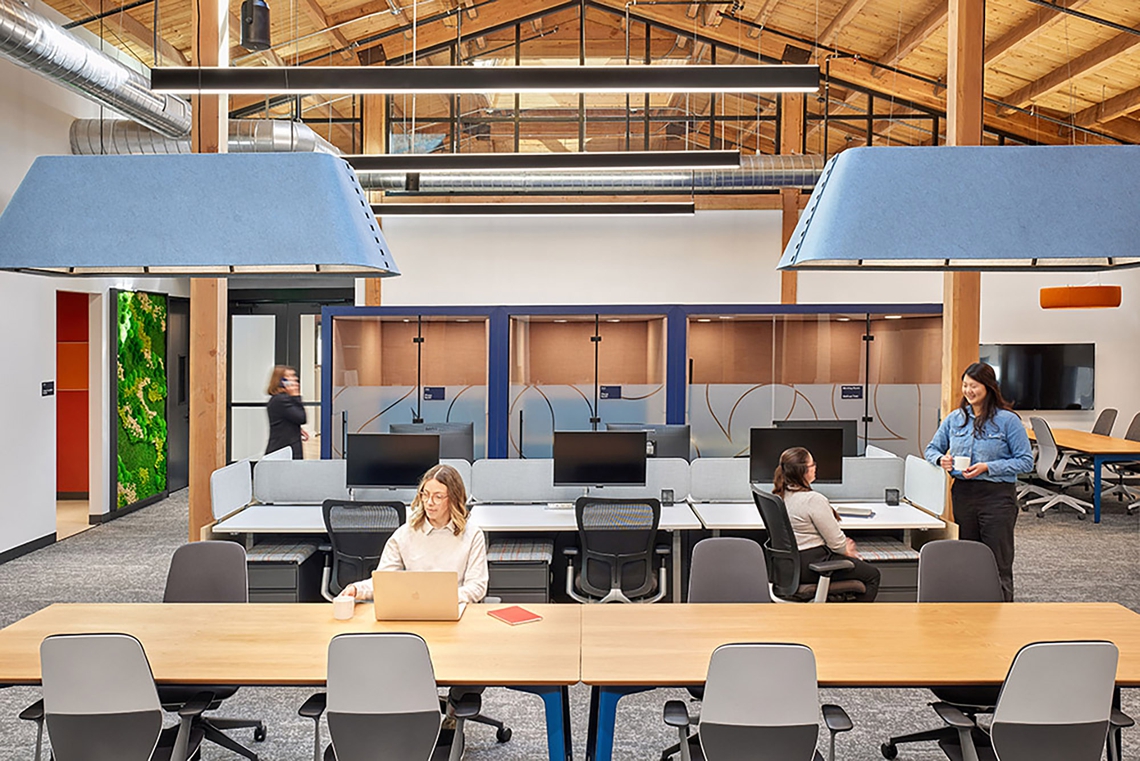
However, the open plan model is not without its critics. There is a growing emphasis on the need for privacy and focus. Thoughtful workspace design has a significant role to play in conductivity to workers’ productivity, as numerous studies report a preference amongst workers for calm, focus-centred environments with 95% of today’s workers stating that they need quiet, private spaces and 40% saying their workplace does not provide any. This preference is again amplified in workforces with a large proportion of younger workers. Raised in a digital age with constant connectivity, Gen Z employees often seek refuge from the distractions of an open office. They crave spaces where they can concentrate and engage in deep work without interruptions.
Another argument for private spaces is around health, safety and general wellbeing. Distraction-free zones and focus spaces improve general wellbeing, but research has shown that open-plan offices can lead to higher rates of sickness among employees. One study from The Tech Report highlighted that workers in open-plan settings are 62% more likely to take sick leave compared to those in other office configurations. Looking back to interim solutions put in at the beginning of the pandemic support the notion that open plan offices and spaces contribute to the spread of germs and illnesses.
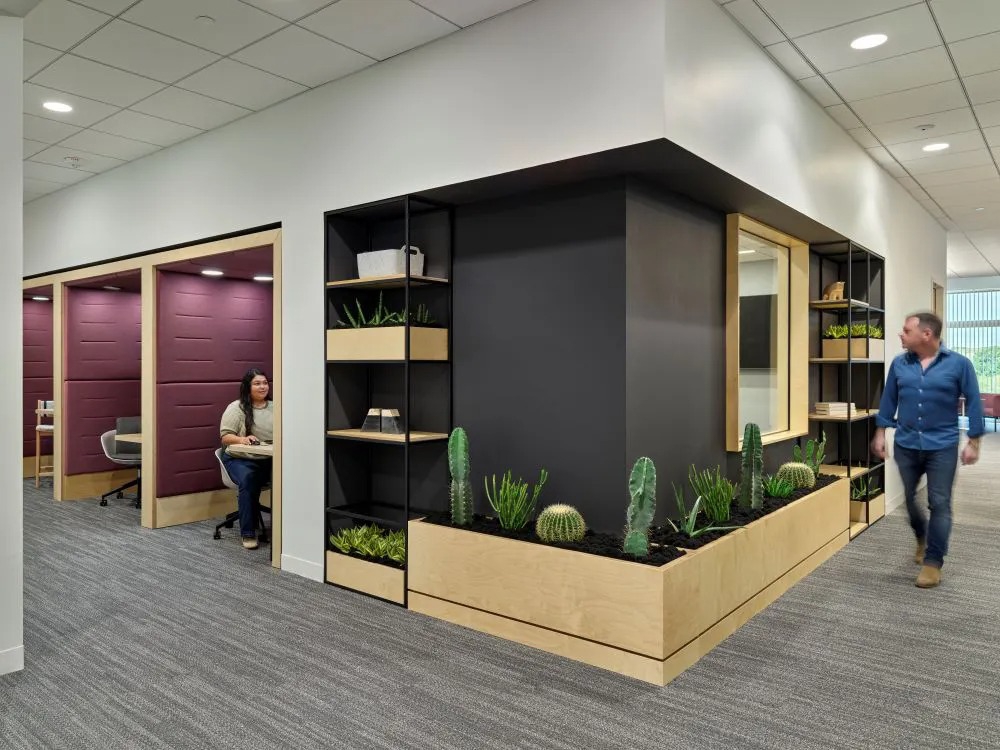
Seeking Balance
For many businesses, providing private office space for every employee is unrealistic and in some cases, archaic. Instead, intentional workspace design can help strike the right balance between open and private spaces, catering to the diverse needs and preferences of all occupants. By creating a mix of collaborative areas and quiet zones, companies can foster both teamwork and individual productivity. Here are some tips on how to do so:
1. The power of the pod.
Workplace pods offer an innovative solution to the open plan vs. private space debate in modern office design. These versatile, self-contained units provide a quiet refuge within bustling open-plan environments, allowing employees to work distraction-free, without closing themselves out of the environment completely. Equipped with soundproofing and comfortable seating, workplace pods such as our Portals Connect cater to the growing demand for privacy and concentration spaces, especially those who seek environments conducive to deep work. By integrating pods into office layouts, companies can maintain the collaborative benefits of open spaces while addressing the need for private, distraction-free and focus areas, ultimately enhancing overall productivity and employee well-being.
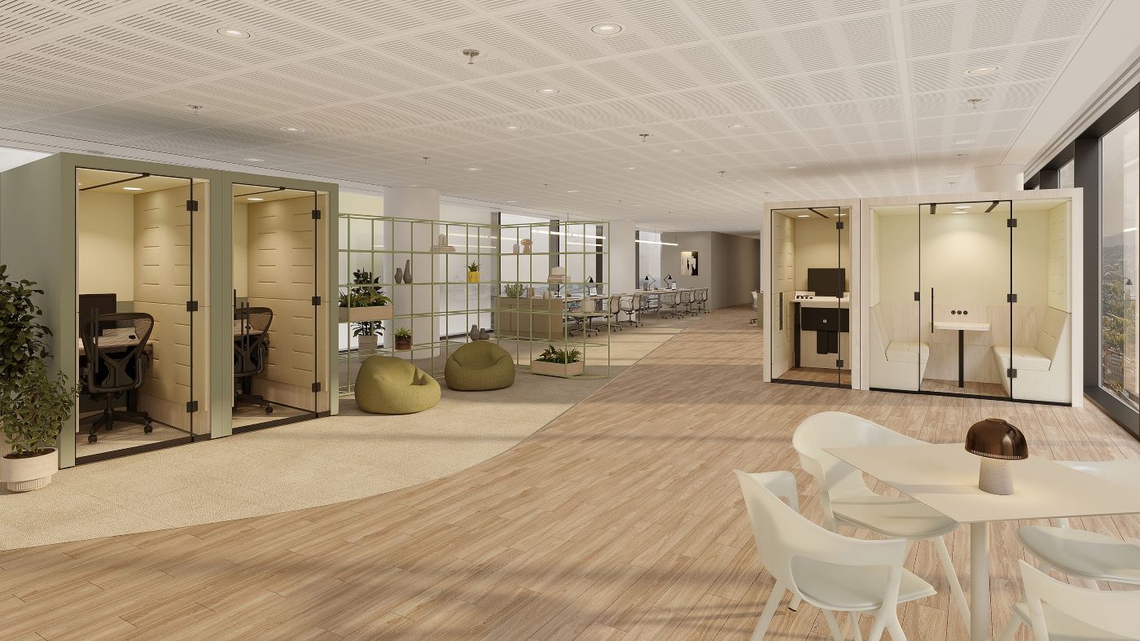
2. Zoned Workspaces
Creating distinct zones or neighbourhoods within the office helps to cater to different needs. Zoning furniture systems such as the Palisades II helps to create areas around activity without blocking out light. Designated areas for collaboration ensures that the role of the physical office is uninhibited, allowing chance encounters and impromptu discussions that lead to innovation. Solutions such as Aeonica help to create a landscape within the workspace, whilst providing meeting space for small groups to exchange ideas within, but also being inherently modular so the space can adapt quickly for new needs.
3. Flexible Layouts
Implementing modular, adaptable furniture not only allows employees to customize their workspace according to their immediate requirements, but also allows businesses to stay agile in their approach to office layout. This flexibility empowers workers to create their own balance between openness and privacy. Furniture such as our Bleachers can be built out and moved around on demand, allowing employees to have real flexibility over the way they wish to work.
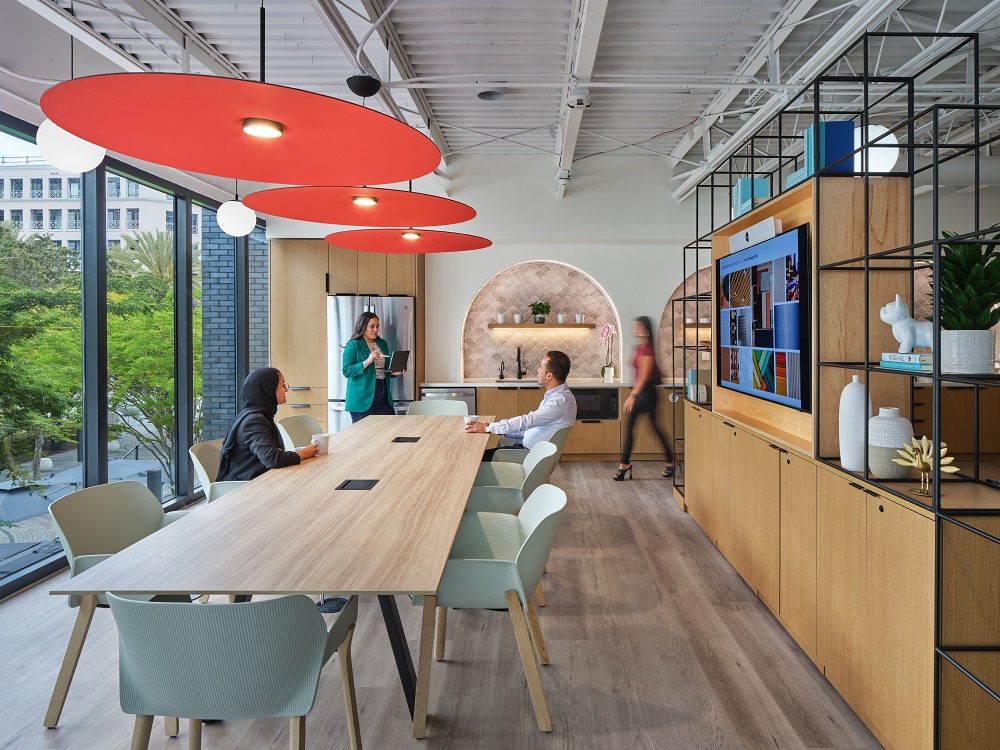
4. Feedback-Driven Design
Good design is functional. It therefore pays to regularly solicit feedback from employees about their workspace preferences. Understanding their needs can guide ongoing adjustments and improvements, ensuring the office evolves with its occupants. As new generations join the workforce every day, it is important to address the specific needs and demands of a diverse group of employees, through piloting new solutions and gathering feedback. This not only allows businesses to make meaningful changes, but saves money and time by gathering opinions before significant investment, making it a more sustainable way of implementing changes too.
At Spacestor, we believe in designing spaces that are as dynamic and varied as the people who use them. Our goal is to help you create a workplace that not only supports but also inspires your team, ensuring that everyone has the environment they need to thrive. If you’re considering upgrading your workspace design, get in touch with us here – we’d love to chat.
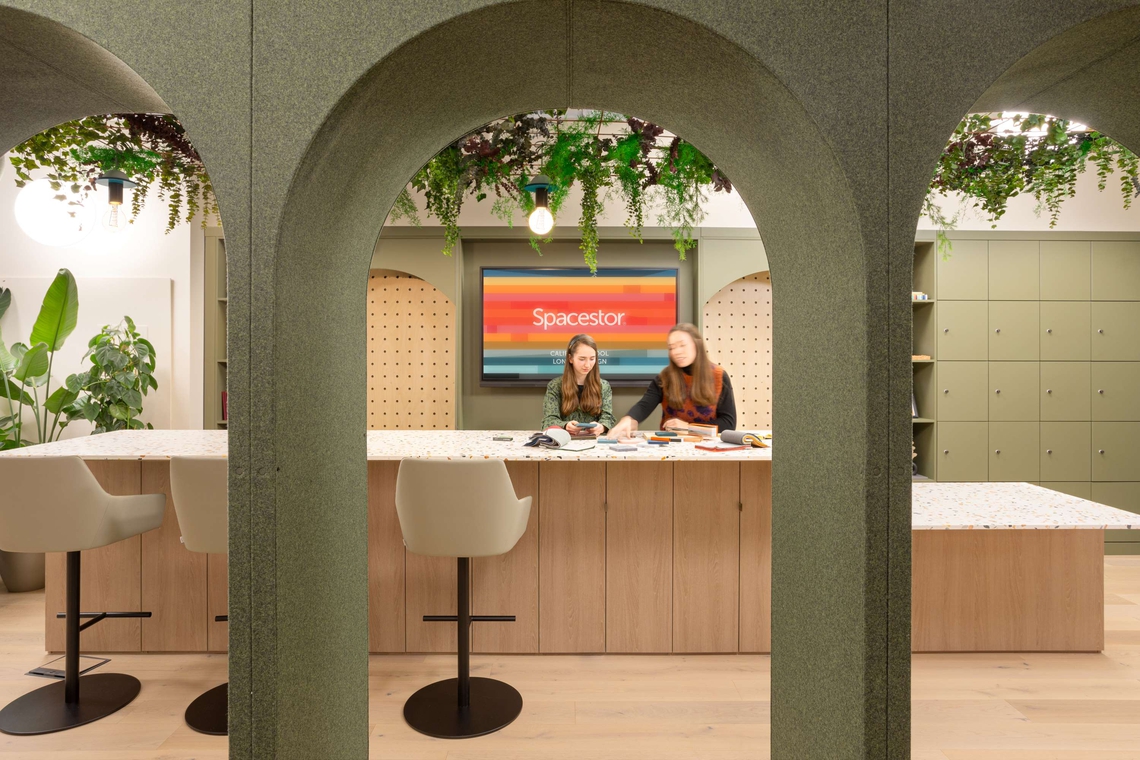
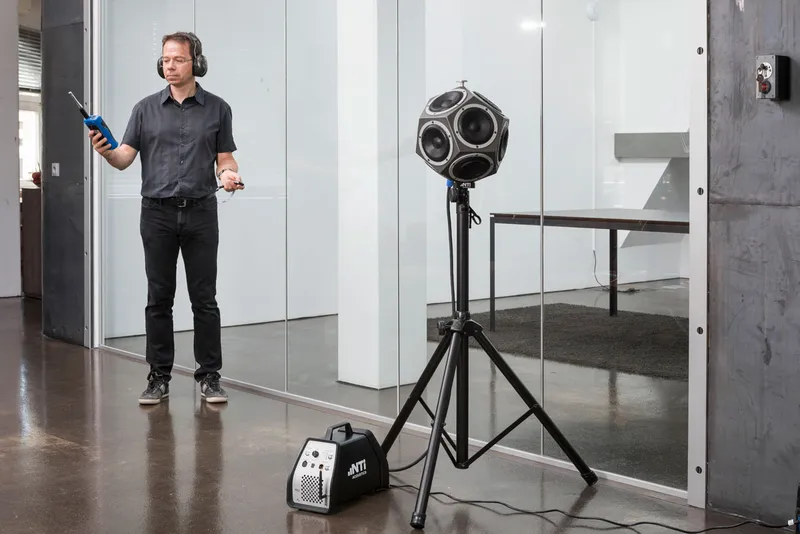

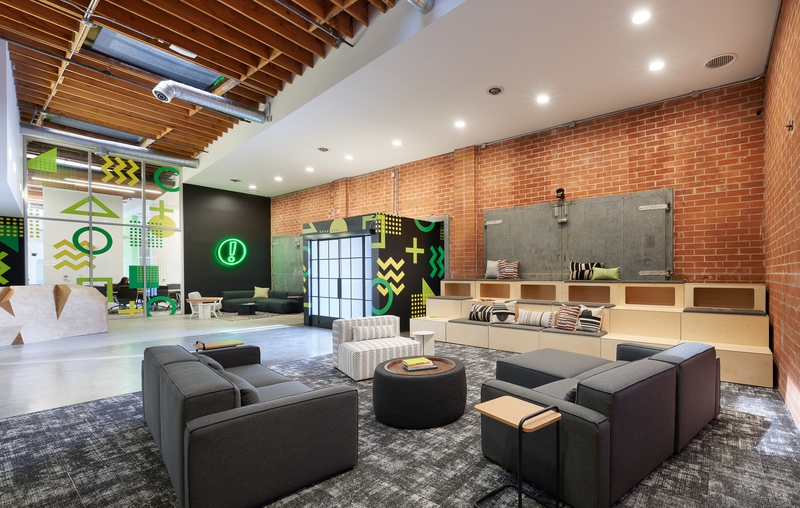



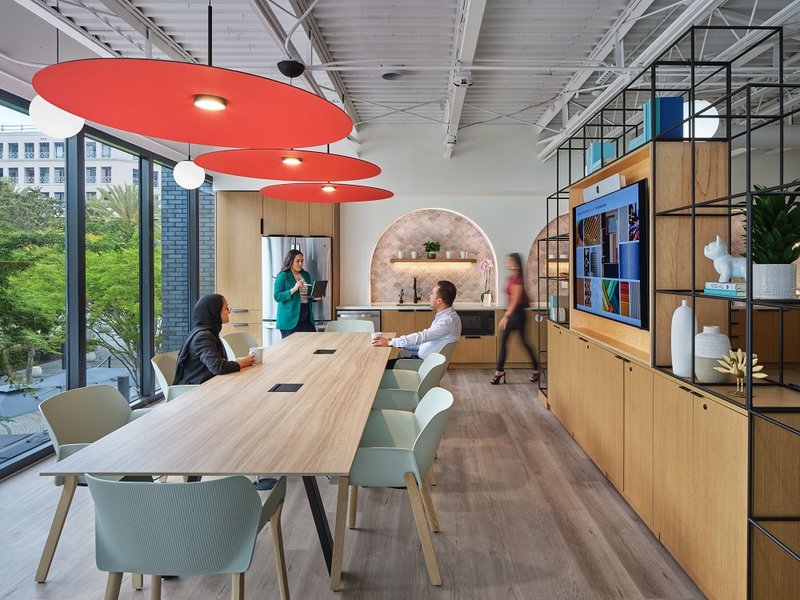
An experience-based insight into functional design fused with a strong identity aligned with local culture
ARCHITECTURE & DESIGN
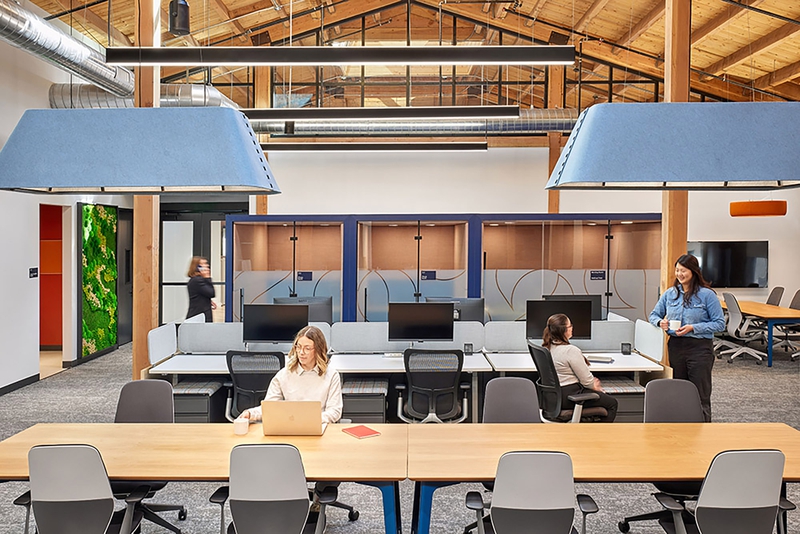
A triumph for Revel Architecture, where the result is a workspace that not only looks stunning but sings of it surround…
SCIENCES
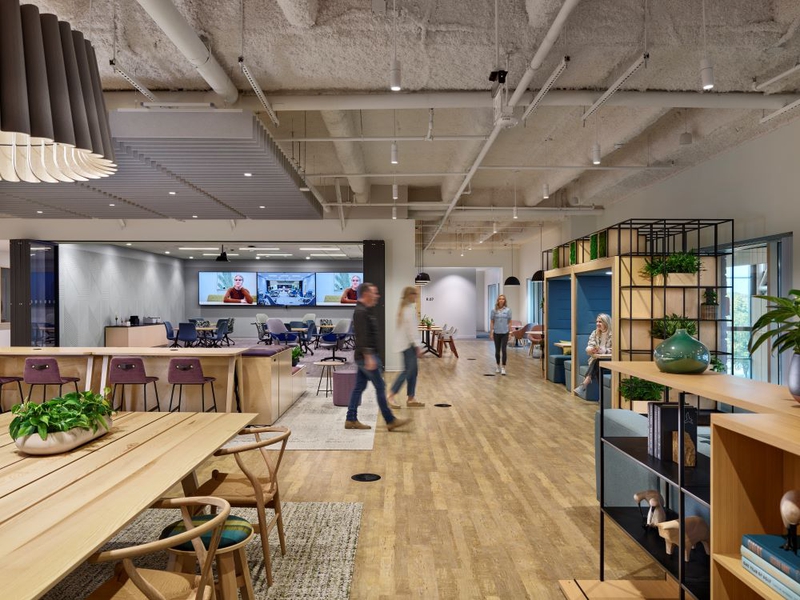
FINANCIAL SERVICES